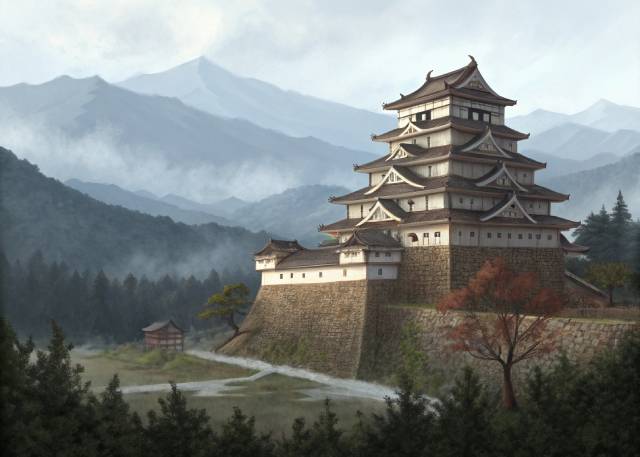
Iwabitsu Castle is a yamashiro-style (mountain) castle located atop Mount Iwabitsu in Higashiagatsuma, Gunma Prefecture, Japan. Recognized for its historical significance, its ruins have been protected as a National Historic Site since 2019.
Situated in northwestern Gunma Prefecture, the castle overlooked a key route through the Agatsuma River valley, a corridor connecting Takasaki to Shinano Province via the Shinshu Kaido and Torii Pass. This strategic location made it a vital stronghold for controlling regional travel and military movements.
The origins of Iwabitsu Castle remain uncertain, though it is believed to have been built by the Agatsuma clan in the 13th century. During the Muromachi period, it came under the control of the Saito clan, another local warlord. However, in the early Sengoku period, Sanada Yukitaka, with the backing of his overlord Takeda Shingen, captured the castle in 1563 after defeating the Saito clan, who had unsuccessfully sought aid from Uesugi Kenshin of Echigo Province.
Sanada Masayuki later used Iwabitsu Castle as his base to expand into northern Kozuke Province, capturing Numata Castle in 1579. He also fortified the surrounding jokamachi (castle town) with defensive structures, a strategy he later employed in the design of Shinpu Castle for the Takeda clan. After the fall of the Takeda in 1582, Masayuki planned to shelter Takeda Katsuyori at Iwabitsu, but Katsuyori was betrayed by his retainers and committed seppuku before reaching safety.
Under the Toyotomi regime, Iwabitsu and Numata were granted to Sanada Nobuyuki, while his father Masayuki retained control of Ueda Castle. Following the death of Toyotomi Hideyoshi, Masayuki remained loyal to Toyotomi Hideyori and Ishida Mitsunari, whereas Nobuyuki sided with Tokugawa Ieyasu. After the Tokugawa victory at the Battle of Sekigahara in 1600, Nobuyuki retained his holdings in northern Kozuke, but the one domain, one castle policy of the Tokugawa shogunate led to the dismantling of Iwabitsu Castle in 1615. The jokamachi survived as a post station but was relocated closer to the Agatsuma River.
Today, no structures from the original castle remain. Visitors can reach the site via a 30-minute walk from Gunma-Haramachi Station on the JR East Agatsuma Line, followed by a challenging 30-minute hike up the mountain to the former inner bailey.
In recognition of its historical importance, Iwabitsu Castle was included in the "Continued Top 100 Japanese Castles" list in 2017.
See also
-
Marugame Castle
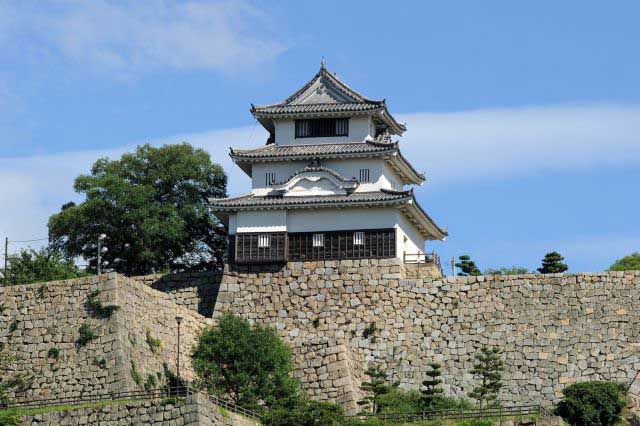
Marugame is part of the so-called “Authentic Dozen,” a group of twelve castles whose donjons have survived to the present day without major reconstructions since the Edo period.
-
Iyo Matsuyama Castle
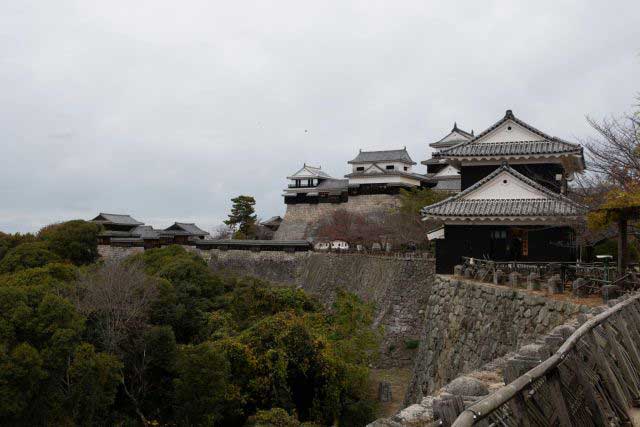
Historically, the center of Iyo Province—corresponding to today’s Ehime Prefecture on the island of Shikoku—was the city of Imabari, while the Matsuyama area was regarded as an agricultural hinterland with broad plains and low hills. During the Muromachi period, the central part of the province was governed by the Kano clan from Yuzuki Castle. With the onset of the Sengoku period, however, this clan lost its former influence and was forced to survive in the shadow of the more powerful Mori and Chōsokabe clans. After Toyotomi Hideyoshi’s forces conquered Shikoku in 1587, the northern part of Iyo Province was granted to Fukushima Masanori, one of the so-called “Seven Spears of Shizugatake.” In 1595, Masanori was transferred to Kiyosu Castle, and the lands around Matsuyama were given to another of the Seven Spears, Katō Yoshiaki, who received Masaki Castle and an income of 60,000 koku of rice.
-
Kanazawa Castle
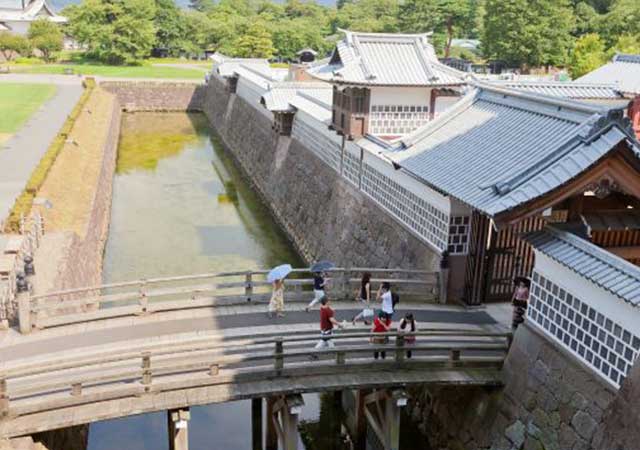
Construction of Kanazawa Castle began in 1580 on the orders of Sakuma Morimasa, a vassal of Oda Nobunaga. The castle was built on the site of the Ikko-ikki sect's Oyama Gobo temple, which is why it is sometimes called Oyama Castle. Morimasa managed to build several moats and begin construction of a castle town. However, after his defeat at the Battle of Shizugatake in 1583, he was executed, and ownership of the castle passed to Maeda Toshiie (1538–1599).
-
Nakatsu Castle
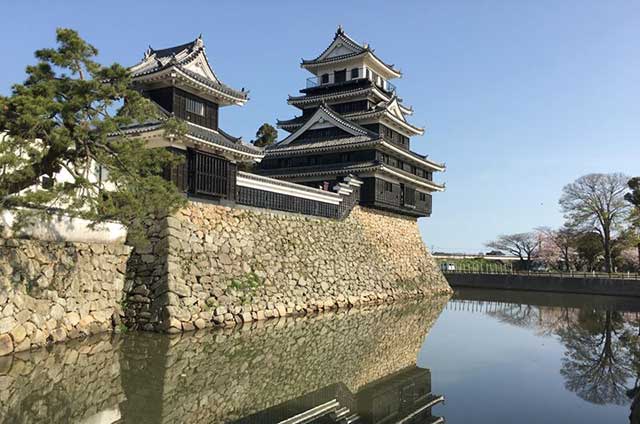
Kuroda Yoshitaka (1546–1604) was one of the closest advisors to the legendary military commander Toyotomi Hideyoshi. He took part in key military campaigns of the late 16th century, including the campaign against Shikoku in 1585 and the campaign against Kyushu in 1587. Later, during the second campaign in Korea, Yoshitaka served as chief advisor to the commander of the invasion forces, Kobayakawa Hideaki. After Hideyoshi's death, he swore allegiance to Tokugawa Ieyasu, thereby securing his influence and patronage under Japan's new leader.
-
Edo Castle
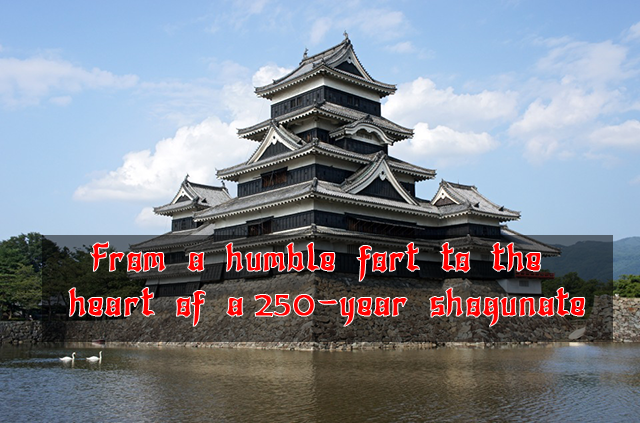
The history of Edo Castle dates back to the Heian period, when the Edo clan built a small fort on this site. In 1457, the vassal of the Uesugi clan, Ota Dokan (1432–1486), constructed a full-scale castle here. Internal conflicts weakened the Uesugi clan, and in 1524, Ota Dokan’s grandson, Ota Yasutaka, surrendered the castle without resistance to the forces of Hojo Soun, the ambitious leader of the Hojo clan. While Odawara Castle remained the clan's main stronghold, Edo was considered a key strategic fortress.
-
Samurai Museum Shinjuku
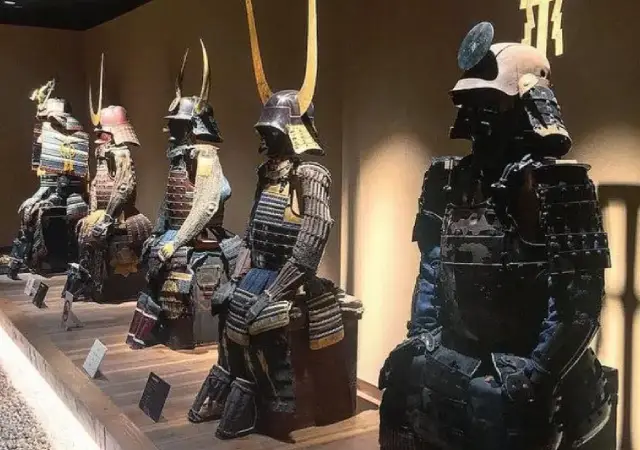
Situated in the vibrant district of Shinjuku, the museum showcases an extensive collection of samurai armor, weapons, and cultural artifacts spanning from the Kamakura to the Edo period. The exhibits aim to convey the samurai's unwavering commitment to honor and discipline, reflecting how their spirit continues to influence modern Japanese culture.
-
Anjo Castle
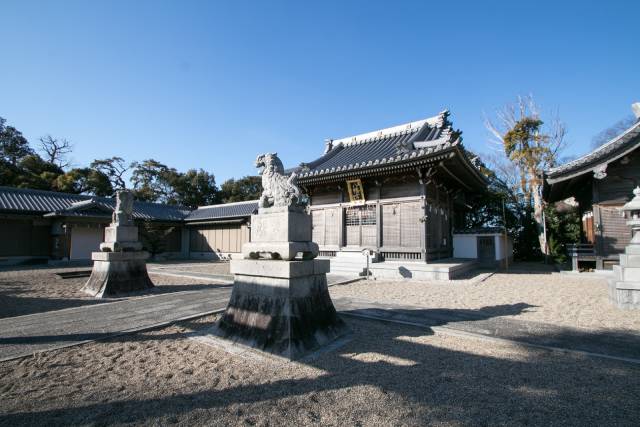
Anjo Castle was built on a slight elevation at the edge of the Hekikai Plateau, about 2 kilometers southeast of present-day central Anjo City in Aichi Prefecture. Today, the surrounding area thrives on large-scale agriculture and automotive manufacturing, utilizing the expansive flatlands and its proximity to the Nagoya region.
-
Numata Castle
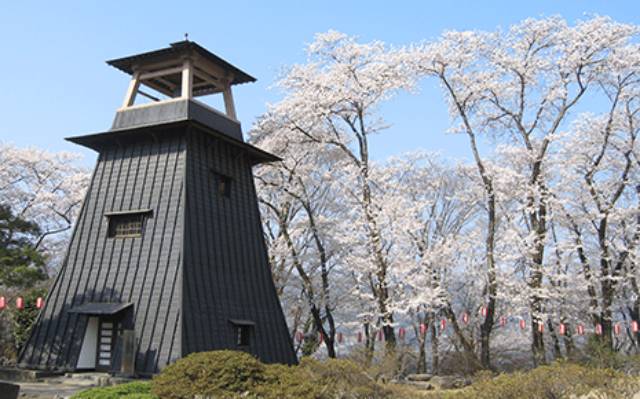
Numata Castle, located in Numata, northern Gunma Prefecture, Japan, has a rich and complex history. During the late Edo period, it served as the residence of the Toki clan, who ruled the Numata Domain. Over the centuries, the castle changed hands multiple times and was the site of significant battles during the Sengoku period.

